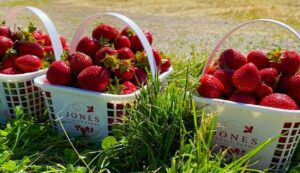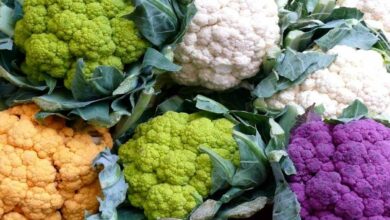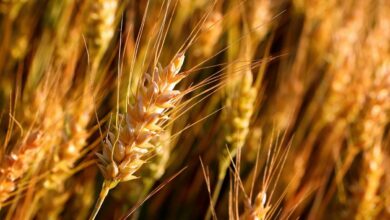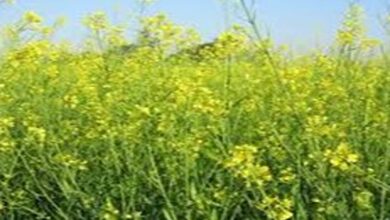Strawberry Harvest: Manage the major diseases of strawberry crop in this way, there will be better yield
Strawberry Harvest: Since strawberries are more lucrative than conventional crops, their production has grown significantly in popularity in India in recent years. In a variety of soil types and climates, strawberries may be grown in open fields, polyhouses, and hydroponic systems. Only a small number of the approximately 600 strawberry species that are known worldwide are cultivated in India.

A delicate fruit with a subtle sour-sweet flavor is the strawberry. It is quite appealing because of its unique red color and scent. Antioxidants, protein, calcium, magnesium, folic acid, potassium, phosphorus, and vitamins C, A, and K are among the essential nutrients it provides. These nutrients are beneficial for preserving tooth brightness, enhancing skin radiance, and enhancing vision.
In Aurangabad and the adjacent parts of Bihar, strawberry growing has lately gained a lot of popularity. However, the output is being impacted since farmers are not well informed about the illnesses that afflict this crop. The main strawberry illnesses and how to effectively treat them will be covered in this article.
Major strawberry illnesses and how to treat them
1. Disease of leaf spots
Symptoms: Tiny, dark purple dots on the top surface of the leaves are indicative of this prevalent strawberry disease. The patches may become brown or white and progressively grow to 3-6 mm. The plant’s ability to develop is hampered when the impacted leaves dry up and fall.
Management: Avoid too much dampness by using light irrigation. The diseased leaves should be taken out and destroyed. Apply two grams of fungicide per liter of water at 10-day intervals to treat mancozeb, hexaconazole, or saaf.
2. Gray mold
Symptoms: Fruits, flowers, and stems are all impacted. Infected fruit and flower stems begin to wither. Brown rot appears on fruits, and white-gray mold grows on them.
Management: Take the impacted pieces out of the field and remove them. Steer clear of dense planting and high dampness. Apply Hexaconazole or Mancozeb.
3. Disease of the Red Stell/Red Core
Symptoms: The plant’s roots become internally red, which prevents water from flowing freely. In dry conditions, plants begin to wilt and their growth halts. By June or July, infected plants may be dead.
Management: In the field, set up appropriate drainage. Eliminate the contaminated plants. Two grams of hexaconazole should be mixed with one liter of water and sprayed twice ten days apart.
4. Illness of Wilt
Symptoms: Especially during the summer, plants begin to abruptly wilt. Affected plants’ leaves begin to fall and become yellow. Unripe, little fruits begin to fall.
Management: Keep the field from becoming wet. To irrigate the land, dissolve two grams of carbendazim or hexaconazole in one liter of water.
5. Mildew powder
Symptoms: Leaf margins begin to curl upward. The leaves have purple dots. A white, powdery fungus covers the afflicted fruits.
Management: To improve crop aeration, put the plants at the right distance from one another. Apply a fungicide with a sulfur basis at a dosage of two grams per liter of water.
6. Spot illness caused by Alternaria
Symptoms: Leaves have rounded, reddish-purple dots. The early onset of leaf fall disrupts photosynthesis.
Management: In the field, destroy the infected leaves. Apply neat fungicide or mancozeb.
7. Anthracnose
Symptoms: Fruits, leaves, and stems have black patches. Slowly, the impacted fruits begin to decay. They could wilt and fall.
Management: Engage in clean farming. Apply mancozeb or hexaconazole.
8. Rot in the crown
Symptoms: In the afternoon, plants wilt, and in the evening, they recover. Rot in the roots becomes reddish-brown.
Management: Make drainage better. Apply hexaconazole.
9. Spot of Angular Leaf
Symptoms: Tiny, wet sores show up on the underside of the leaves. Reddish patches appear as the illness worsens.
Management: Get rid of the contaminated plants. Make use of natural fungicides.





